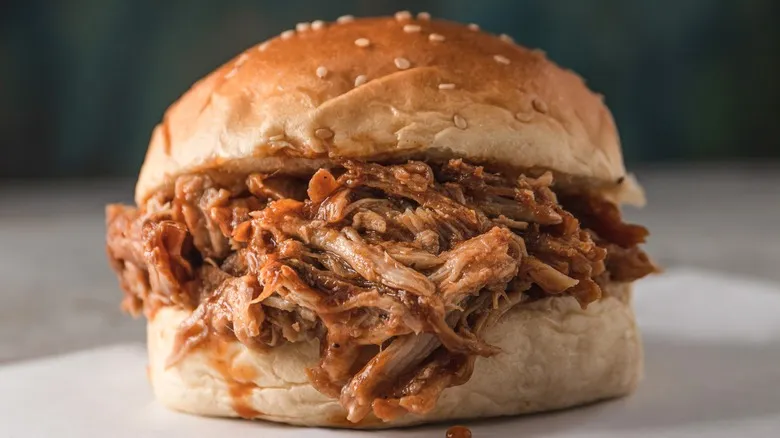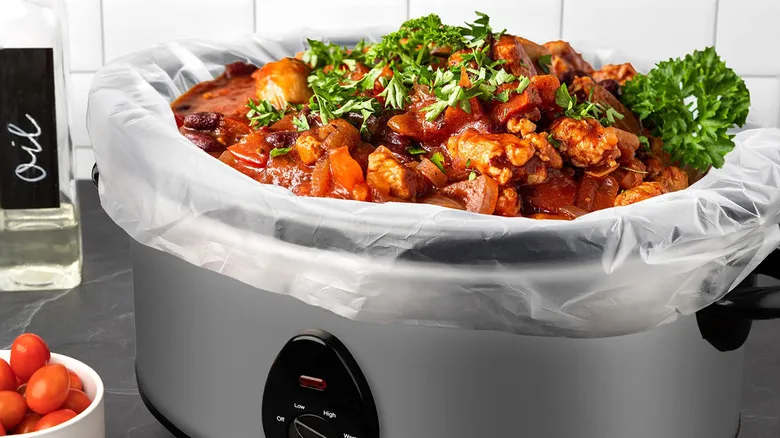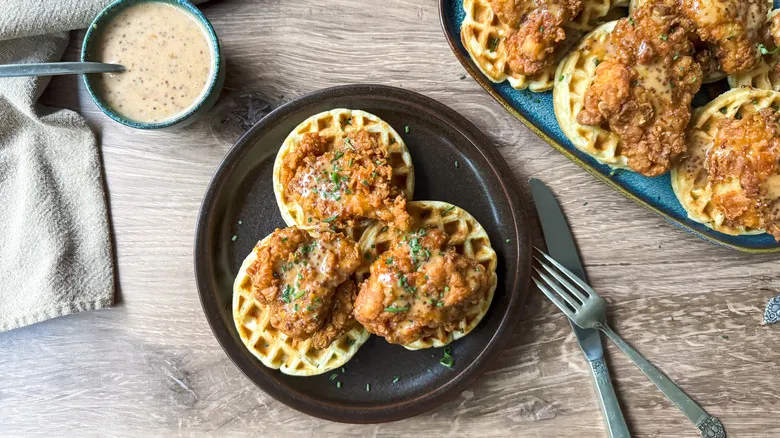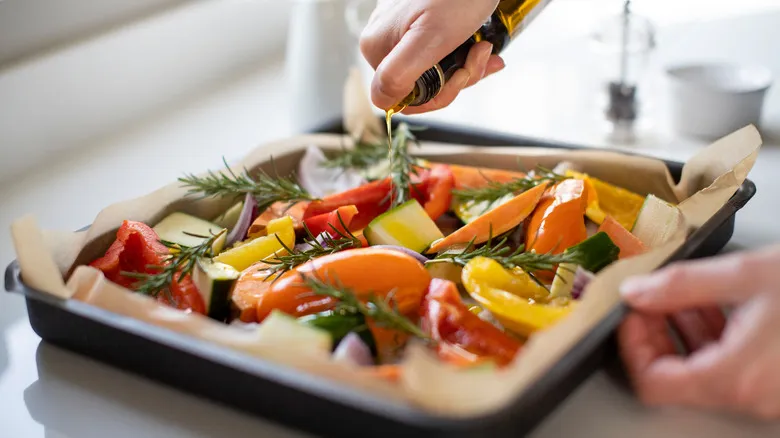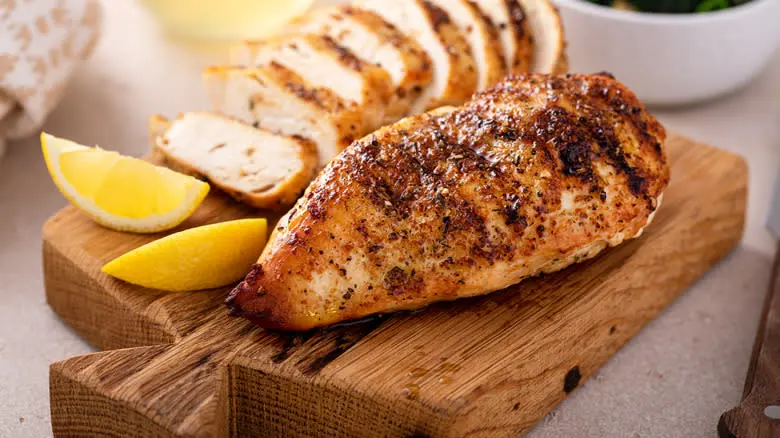Pork butt is the more versatile cut
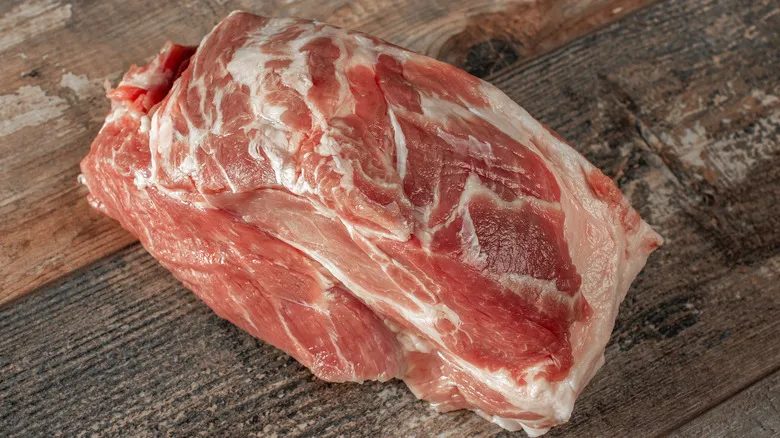
Pork butt, commonly referred to as "Boston butt," is a cut that you'll frequently use in the kitchen due to its versatility, surpassing that of pork shoulder. This cut is large and rectangular, typically weighing between six to eight pounds. It features significant marbling, characterized by white streaks of fat throughout. Additionally, pork butt usually comes with a fat cap, a thicker layer of fat on one side of the cut. You can find pork butt with or without the bone, but if you plan to cook it whole, it's advisable to choose the bone-in option, as the bone adds extra flavor to the meat.
Pork butt boasts superior marbling compared to pork shoulder, making it ideal for slow-cooking methods that allow the fat to render into the meat. This cut is perfect for dishes that require stewing or shredding, such as carnitas, chile verde, or slow-cooked pulled pork. It's also the best option for making ground pork, which is best prepared fresh at home since ground meat spoils more quickly than other cuts. While pork butt is a natural choice for smoked meats, pork shoulder can also work well for slow barbecue. Overall, pork butt is more tender and flavorful, so if a recipe offers the option between butt and shoulder, go for the pork butt.
Use pork shoulder when you want crispy skin
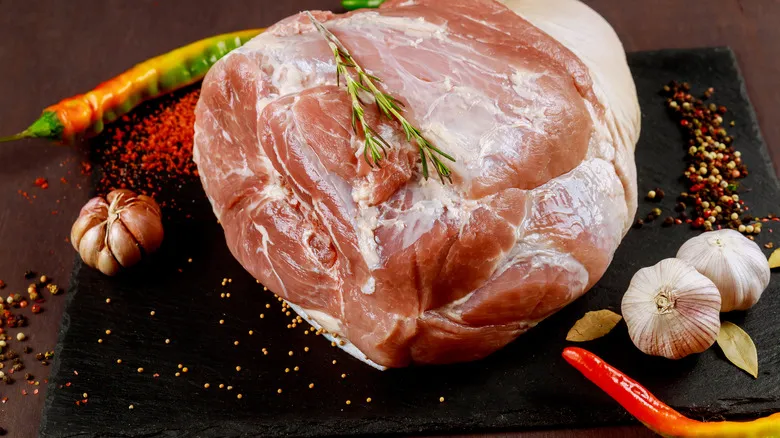
Pork shoulder, often referred to as "picnic shoulder" or "picnic roast," is a triangular cut of meat that typically weighs between five to ten pounds, depending on whether it includes the bone. Boneless pork shoulder is less frequently available, and when it is, it is usually encased in netting to maintain its shape. Similar to pork butt, opting for the bone-in version is advisable, as the bone adds extra flavor during cooking. Generally, pork shoulder is sold with the skin intact. The muscles in a pork shoulder are more active in the pig's movement compared to those in a pork butt, resulting in tougher meat. Additionally, there is less marbling, which means it lacks the moisture that comes from melting fat, making pork shoulder a more challenging cut to work with.
However, if you're planning to make a roast, pork shoulder is the preferred choice over pork butt. The skin and bone help it retain its shape much better during long, slow roasting, allowing for uniform slices of meat, while pork butt tends to fall apart. The highlight of the pork shoulder is the skin, which becomes crispy and bubbly when roasted, reminiscent of pork rinds and chicharrones.
Recommended
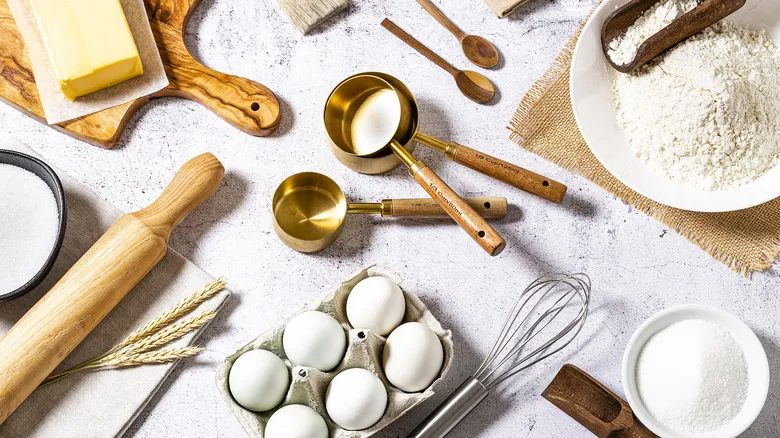
A Guide To The Essential Baking Tools Everyone Should Own
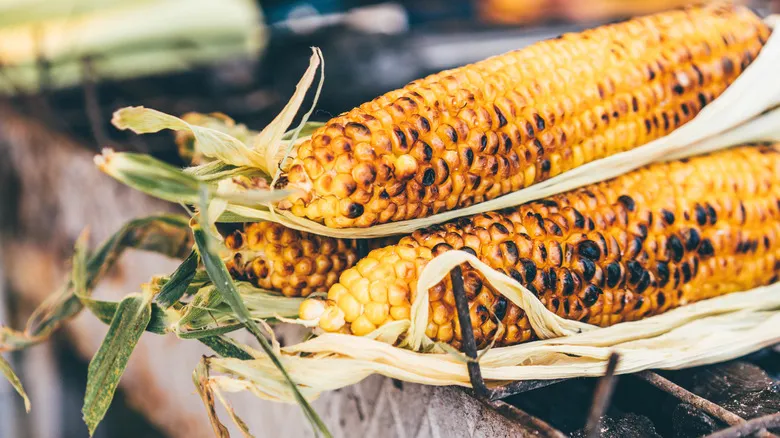
How Long Does It Take To Cook Corn On The Cob On The Grill?

How To Make An Authentic Philly Cheesesteak At Home, According To The Pros
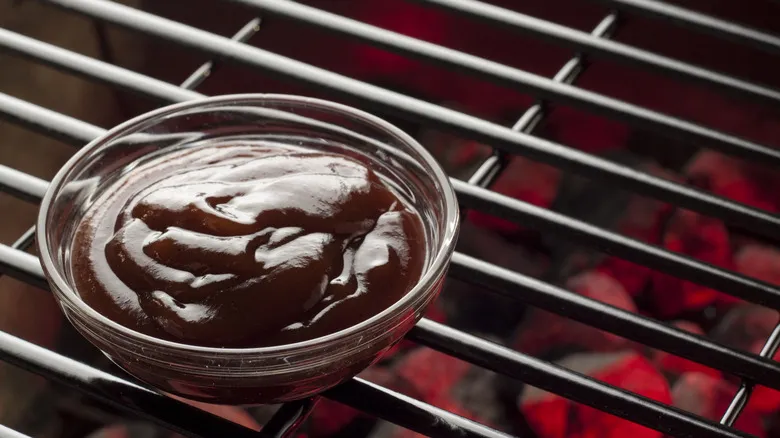
Barbecue Sauce Used To Look A Lot Different
Next up

